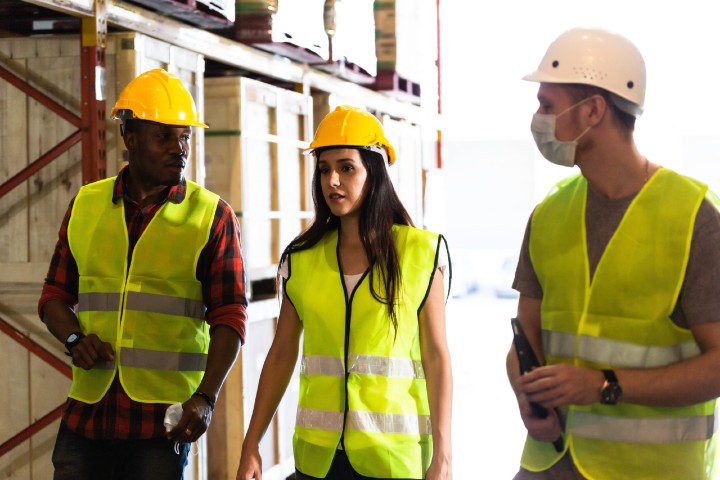With skilled labor shortage being a constant hurdle, exploring options to include diversity in the construction industry is a must. But the battle is very much uphill.

The Associated General Contractors (AGC) of America presents some jarring findings on its own website.
- Six percent of people who identify as black or African American are 12% of the U.S. workforce but only six percent of the construction workforce.
- Forty-six percent of LGBTQ+ workers are closeted at work.
- The construction industry has the highest rate of male suicide among U.S. workers.
- Women are 47% of the U.S. workforce but only 9% of the construction workforce. Women make up just 3% of the craft workforce.
Studies have shown that diversity matters to a successful business. Research by McKinsey & Company, which includes data for 366 public companies across a range of industries in Canada, Latin America, the United Kingdom, and the United States, indicates that companies in the top quartile for racial and ethnic diversity are 35 percent more likely to have financial returns above their respective national industry medians. It also notes that companies in the top quartile for gender diversity are 15 percent more likely to have financial returns above their respective national industry medians.
In response, AGC this year launched its Culture of CARE initiative, which the association’s press release says challenges industry leaders “to take a bold and visible step towards ensuring their workplaces are welcoming, safe, and inclusive for an increasingly diverse and talented pool of workers.”
The initiative involves individuals or companies taking a pledge to:
- Commit to hire and pay based on skill and experience regardless of ethnicity, gender identity, nationality, race, religion, sex, or sexual orientation.
- Attract prospective employees by creating inclusive workplaces that are free from harassment, hazing and bullying.
- Retain high-performing employees by identifying and removing barriers to advancement.
- Empower every employee to promote a culture of diversity and inclusion.
Unions, such as The International Association of Bridge, Structural, Ornamental and Reinforcing Iron Workers Union, which has roots dating back over a century, are also taking notice. Its campaign, Be that One Guy, is designed to encourage male workers to speak up in the face of harassment among their female membership, which stands at two percent of their total members.
While there is a long way to go to correct behaviors and promote diversity in the construction industry, it’s encouraging to see efforts are being made. But are pledge campaigns and outreach among existing workers enough to get actionable results within the industry? Let us know what you think, or what your company is doing in terms of diversity growth. Send us a comment on Twitter, Facebook, LinkedIn or Instagram and join the conversation.


